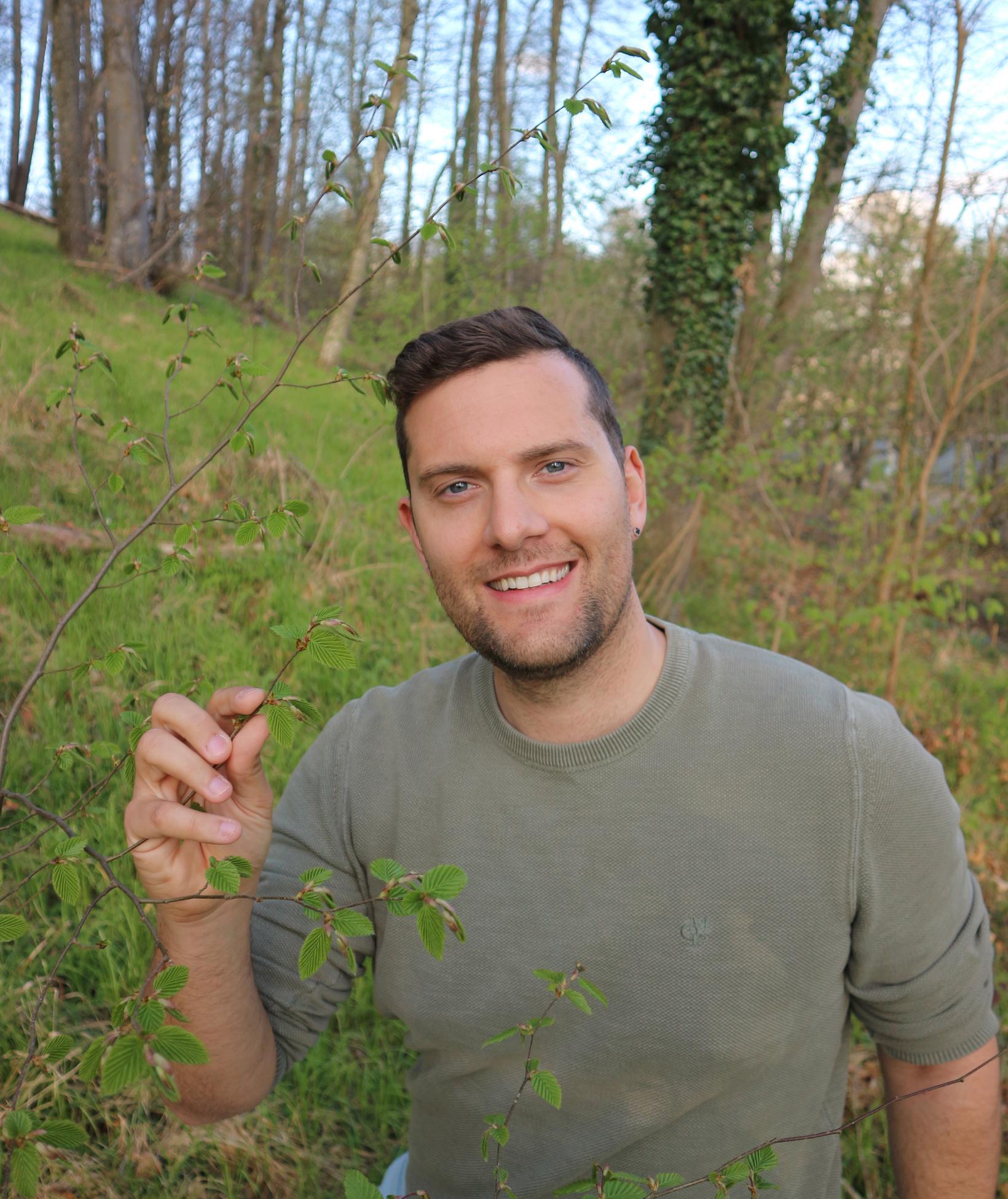Peter Head of Economics & Politics
When it comes to sustainability, the first thing that comes to Peter´s mind is his forest, which he manages with his father in his spare time. After all, healthy trees absorb a lot of CO2.
Here he tells us about his commitment to preserving the forests:
My father and I manage a forest near Augsburg in the Naturpark Westliche Wälder. A living and functional forest binds CO2, but is increasingly threatened by climate change. We noticed this effect early on, because the trees have too little water due to decreasing precipitation and cannot adapt to these changing conditions at all, or not fast enough. Pests such as the bark beetle also have an easier time when trees are already weakened.
That's why we looked how we can maintain the forest's ability to function as well as possible, or even expand it. We started planting actions with tree species that need less water, have deeper roots and are more resistant to pests. Black pine, for example, is well suited to our region and can replace the usual spruce, for example. In this way, the forest gradually becomes healthier. You need patience, because we can see the results of the new mixed culture now after about 25 years. The forest doesn't think in years, but in generations.
Do you have any practical tips and tricks for more sustainability in everyday life?
Not only can you get involved in the forest locally, financial support also helps, for example in reforestation projects run by international organizations, where you can donate trees. There are countless possibilities, and I'm happy to invest in them.
Another guiding principle is that wood is often a sustainable alternative to plastic, for example in toys, because it is made from renewable raw materials and can be recycled. The important thing here is that the wood comes from sustainably managed forests or even consists of recycled material - the seal of the Forest Stewardship Council (FSC) is a good indication for this.
